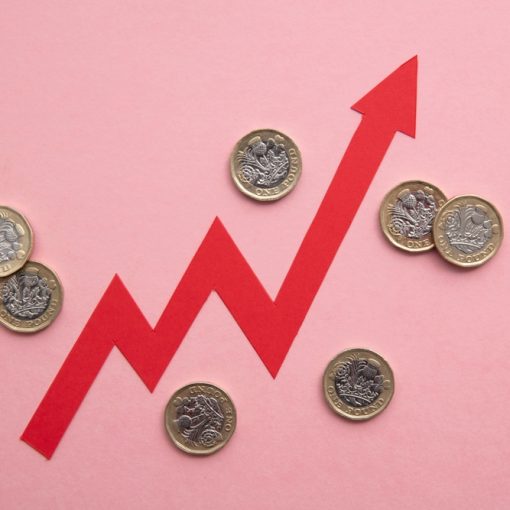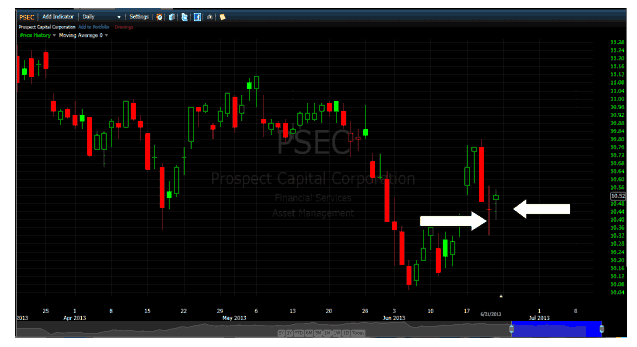 Short-selling legend Jim Chanos was interviewed in Barrons this weekend, where he made a really interesting point about how value investors get tripped up these days (emphasis added):
Short-selling legend Jim Chanos was interviewed in Barrons this weekend, where he made a really interesting point about how value investors get tripped up these days (emphasis added):
Value investing is just one tool in an investor’s arsenal. All things being equal, one would prefer to buy stocks cheaply than dearly. But I’m afraid that too many value investors stop the process by just looking at valuation and, in effect, looking at the rear-view and side mirrors, not through the windshield.
You have to be very careful, because we looked at our returns over the past 10 years, and, particularly since the advent of the digital age, some of our very best shorts have been so-called value stocks. One of the differences in the value game now versus, say, 15 or 20 years ago, is that declining businesses, while they often throw off cash early in their decline, find that cash flow actually reaches a tipping point and goes negative much faster than it used to.
So, in the past, value investors looked at declining free cash flows and put some discount rate on that. And then they got a value, and then they would say, “Gee, there is the possibility of a call-option value of the business inherent to all its other opportunities. So, if I can buy it at some discount to that present value, I’m in good shape.” But we’ve seen time and time again where the cash flows do not gradually decline. Nor do managements seem very willing to pay out cash flows when they are in a declining business. They often use them to make acquisitions, trying to save the business on a Hail Mary basis.
The advent of digitization in lots of businesses also means that the timing gets compressed, meaning that you need to move quickly or you are roadkill on the digital highway. That’s true whether you look at companies like Eastman Kodak, or Blockbuster, or the newspapers. Value investors have been drawn to these companies like moths to the flame, only to find out that the business has declined a lot faster than they thought and that the valuation cushion proved to be anything but.




